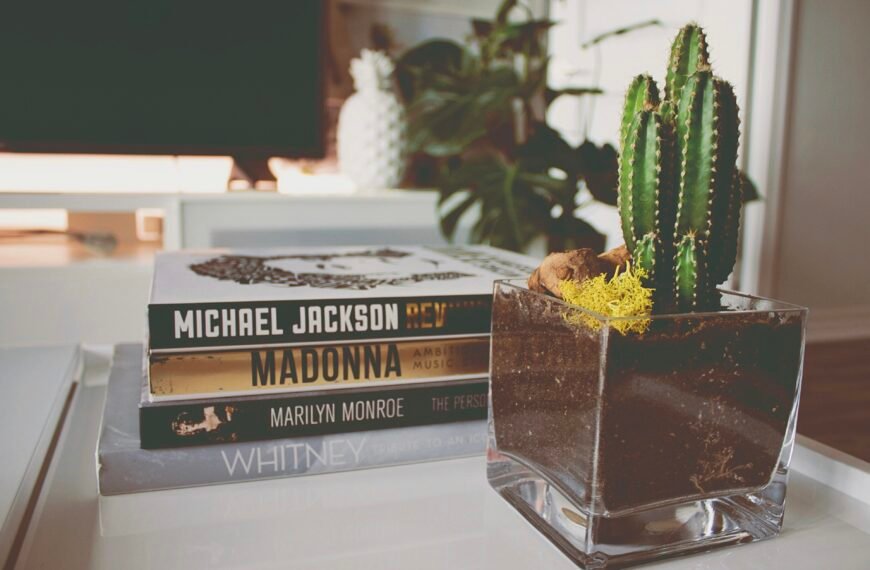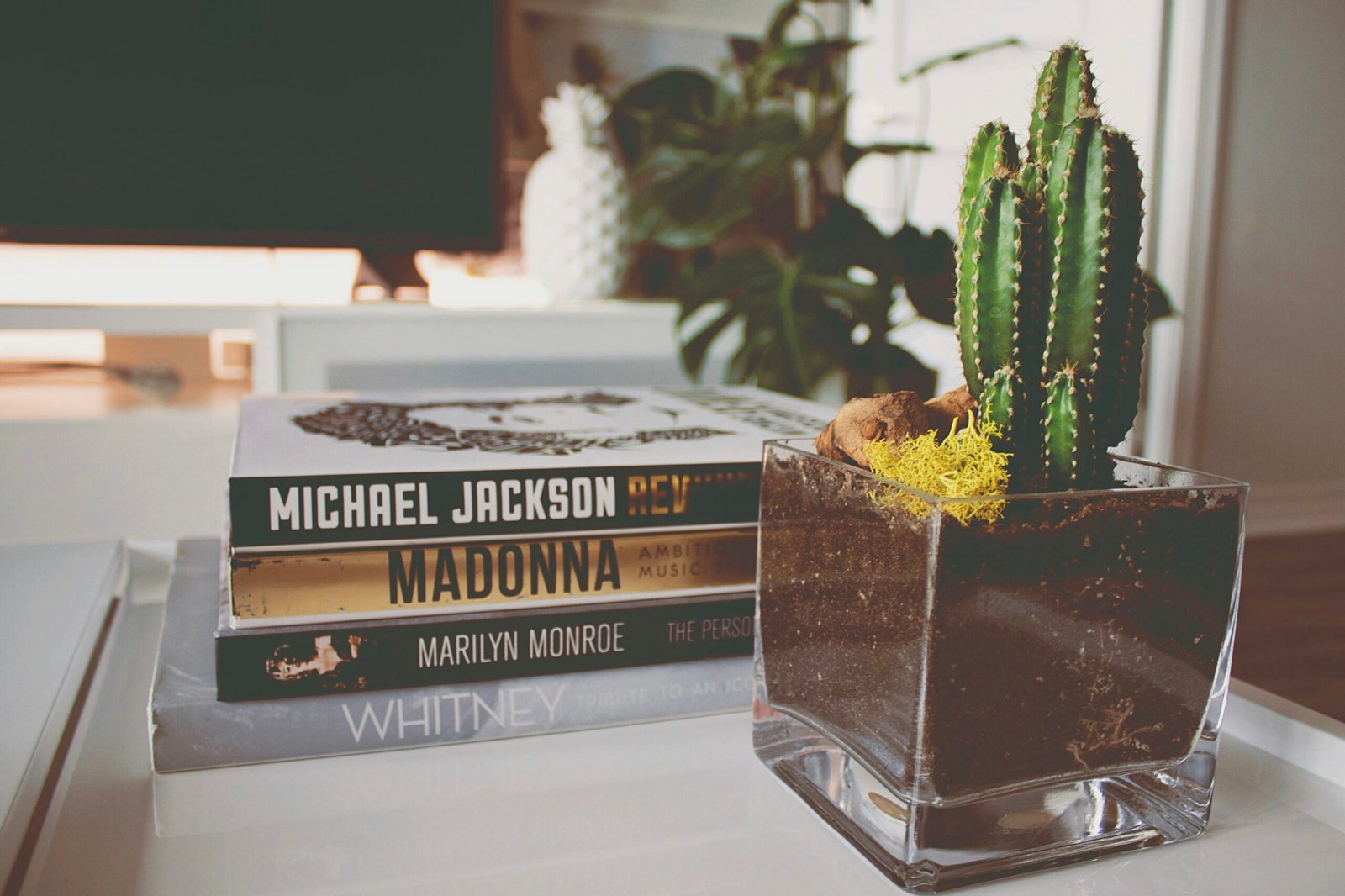In the world of art, preservation and maintenance are essential for ensuring that iconic installations continue to inspire and captivate audiences. However, sometimes even the most celebrated works face the threat of being dismantled due to financial constraints. Such is the case with Mary Miss’s “Greenwood Pond: Double Site,” a leading land art installation owned by the Des Moines Art Center. The museum has revealed that it is unable to afford the $2.7 million needed to repair the work, leaving it with no choice but to dismantle it entirely. The impending demolition has sparked debates about the challenges of preserving public artworks, especially in environments with increasingly extreme weather. This article explores the controversy surrounding the fate of “Greenwood Pond: Double Site” and raises questions about the value placed on environmental art within the art world.

The Imperiled Land Art Installation
In a disappointing turn of events, Mary Miss’s celebrated land art installation, “Greenwood Pond: Double Site,” is facing the threat of dismantlement. The Des Moines Art Center, the current owner of the artwork, has made the decision to take it down due to the lack of funds for repairs. This news came as a shock to Miss, who learned about it while traveling in Europe. As one of the few environmental installations in an American museum collection, “Greenwood Pond: Double Site” holds significant value and its potential demolition has raised concerns among landscape architecture advocates.
Background on Mary Miss
Mary Miss, an American land artist and designer, is renowned for her innovative and thought-provoking works. “Greenwood Pond: Double Site” is considered to be one of her most significant artworks and was created between 1989 and 1996. Miss’s work often focuses on engaging communities, collaborating with scientists, and addressing issues such as climate change. She sees her art as a way to have a seat at the table with politicians and educators, emphasizing the importance of the role of artists in shaping conversations around city resilience and environmental sustainability.

Director’s Decision to Dismantle
The decision to dismantle “Greenwood Pond: Double Site” was made by the Des Moines Art Center’s new director, Kelly Baum. The director cited the estimated cost of $2.7 million for repairs as the primary reason behind this decision. While the museum acknowledges that the artwork has been consistently maintained since its opening, the use of residential deck wood, which has a lifespan of approximately a decade, was not sufficient to withstand Iowa’s extreme climate. The museum claims that it does not have the resources to re-engineer and rebuild the work.
The Cost of Repair
The estimated cost of $2.7 million for repairing “Greenwood Pond: Double Site” has raised eyebrows and caused frustration among supporters of Mary Miss’s work. Miss herself was shocked by this estimate and questioned whether the repairs could be done in stages, using less expensive wood that could be replaced at regular intervals in the future. The museum’s operating budget for 2023 was $7.7 million, making the cost of repair a significant financial burden.

Description of ‘Greenwood Pond: Double Site’
“Greenwood Pond: Double Site” is hailed as the first urban wetland project in the United States and holds great cultural and historical value. The installation features a wooden boardwalk and concrete walkways that curve along the edge of the pond, inviting visitors to explore the landscape. The presence of cantilevered bridges allows viewers to experience the water from different perspectives. Over the years, the artwork has served as a platform for increasing awareness about the natural world and citizens’ connection to their surroundings.
Preserving Public Artworks
The potential demolition of “Greenwood Pond: Double Site” raises broader concerns about the preservation of public artworks. In recent years, there has been a wave of ambitious outdoor projects commissioned in the 1980s and ’90s that have required extensive maintenance or repair. The case of Miss’s artwork highlights the challenges faced by institutions in preserving site-specific installations, particularly in the face of increasing extreme weather events. Many of these artworks were developed with the intention of being long-lasting and resilient; however, there seems to be a lack of comprehensive plans for ongoing maintenance and care.
Miss’s Work on City Resilience
Mary Miss’s artwork is notable for its focus on city resilience and the role of art in addressing sustainability issues. She has been instrumental in projects that aim to make city residents more aware of their surroundings and their connections to the natural world. One of her notable projects, “City as Living Laboratory,” brings together artists, scientists, and urban residents to tackle sustainability issues. Through her work, Miss has demonstrated how art can be a powerful tool in shaping our understanding of our connections to the world and fostering sustainable practices.
Treatment of Environmental Art
The treatment of “Greenwood Pond: Double Site” reflects a larger issue within the art world, where environmental art and landscape architecture are often undervalued and considered secondary to traditional art forms. Charles Birnbaum, the director of the Cultural Landscape Foundation, has noted that landscape architecture is frequently treated as a second-class citizen. This reflects a cultural amnesia within institutions, where the historical value and significance of environmental art may be overlooked. The demolition of “Greenwood Pond: Double Site” symbolizes this tendency to undervalue and neglect the preservation of these unique artworks.
Cost Evaluation and Potential Solutions
The estimated cost of repairing “Greenwood Pond: Double Site” poses a significant financial challenge for the Des Moines Art Center. However, there may be alternative solutions that can be explored to preserve this artwork. One suggestion is to seek support from organizations or patrons who have an interest in funding the preservation of the artwork. Collaboration with influential groups such as the Des Moines Founders Garden Club could potentially provide the necessary resources and expertise to ensure the longevity of the installation. Additionally, considering repairs in stages and utilizing more affordable materials may help alleviate the financial strain.
Miss’s Frustration and Irony
For Mary Miss, the decision to dismantle “Greenwood Pond: Double Site” feels particularly ironic, given her prominent position in recent exhibitions revisiting women whose contributions to art history were previously minimized. As her work receives renewed scholarly attention, the potential erasure of “Greenwood Pond: Double Site” is disheartening for Miss. The frustration lies in the contradiction between the recognition of her work’s significance and the reluctance to allocate the resources needed for its preservation. Miss’s art embodies essential conversations around climate change, community engagement, and the role of art in shaping a sustainable future, making it all the more crucial to retain and protect her installations.
In conclusion, the imperiled status of Mary Miss’s “Greenwood Pond: Double Site” raises important questions about the preservation of public artworks and the treatment of environmental art. As institutions continue to commission ambitious site-specific installations, it is essential to develop comprehensive plans for ongoing maintenance and care. The case of “Greenwood Pond: Double Site” serves as a reminder of the need to value and protect these artworks, acknowledging their cultural, historical, and environmental significance. Collaborations, alternative materials, and creative cost evaluations can potentially provide solutions to ensure the longevity of these valuable installations. Let us strive to preserve and protect the art that shapes our landscape and sparks critical conversations.








